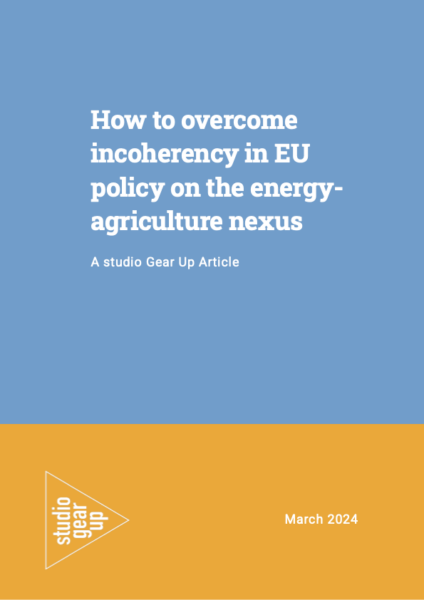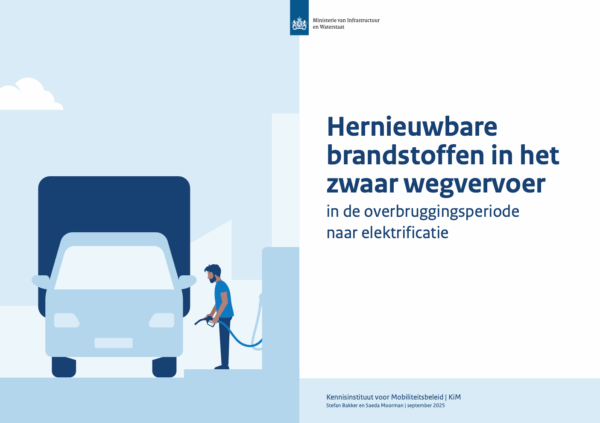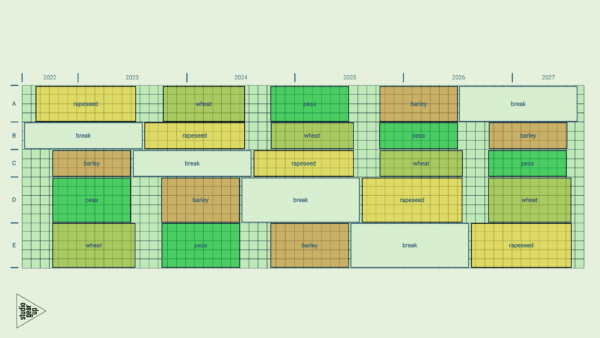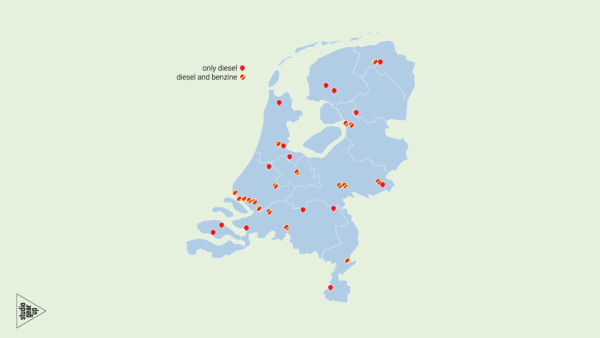Agriculture and the provision of renewable energy are inherently intertwined. However, the policy fields of agriculture and renewable energy in the EU, are not yet meeting. EU agricultural policy is predominantly focused on securing the production of food and feed products while largely neglecting its role in providing feedstock for the biobased economy. Cultivation and supply of energy crops is insufficiently incentivised by the CAP on the supply side. Despite acknowledging the important role of agriculture to provide biobased feedstock for chemicals, energy and materials, policy is not providing the right incentives to make this a reality.
studio Gear Up recommends to make use of the incentives on the demand for sustainable agricultural feedstock provided in the Renewable Energy Directive (RED) EU/2018/2001 and its recent amendments (RED III, EU/2023/2413). The RED can potentially send a strong incentive to the production of energy crops under specific conditions, such as in specific agricultural set-ups, whether on marginal land or integrated in cropping rotations.
The agriculture and the renewable energy sector can work in synergy by stimulating the cultivation of energy crops in specific agricultural set-ups. Thereby, farmers can benefit from additional income streams and the sector as a whole, can increase the supply of sustainable biobased feedstock, while improving food security. However, incoherency in the objectives and instruments set by the different policies is causing farmers and society to miss out on a great opportunity.
The power of energy crops
Energy cops provide valuable resources to the biobased economy, their cultivation can bring multiple climate and environmental benefits, when used in the right agricultural set-up:
- The cultivation is often low-cost and low-maintenance, making it suitable for farm areas that are difficult to manage
- Incorporation of energy crops in a crop rotation helps stabilise and even increase the productivity on agricultural soils, while reducing the need for fertiliser inputs. Due to their deep rooting systems, energy crops improve water retention and prevent erosion and nutrient leakage.
- Such a set-up also improves soil carbon accumulation, helping to mitigate climate change. In this way, energy crops can be complementary to food production systems and do not compete for land with food production.
- In areas characterised by low productivity energy crops can help to regenerate soil fertility by increasing soil carbon content and soil biodiversity and by preventing erosion and leakage of nutrients (Ford et al., 2024; Lewandowski et al., 2023).
Therefore, energy crops are very useful to regenerate, or revitalise, so-called marginal lands, which are lands that are unattractive for main agricultural production. On the types of marginal land where some form of agriculture is still possible, such as reclaimed, idle, fallow or abandoned land, energy crops are likely to perform better in terms of yield and farmer’s income.
In this studio Gear Up brief we present the possibilities to support energy crop growth.




